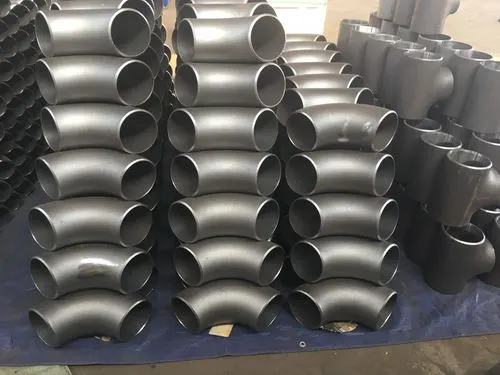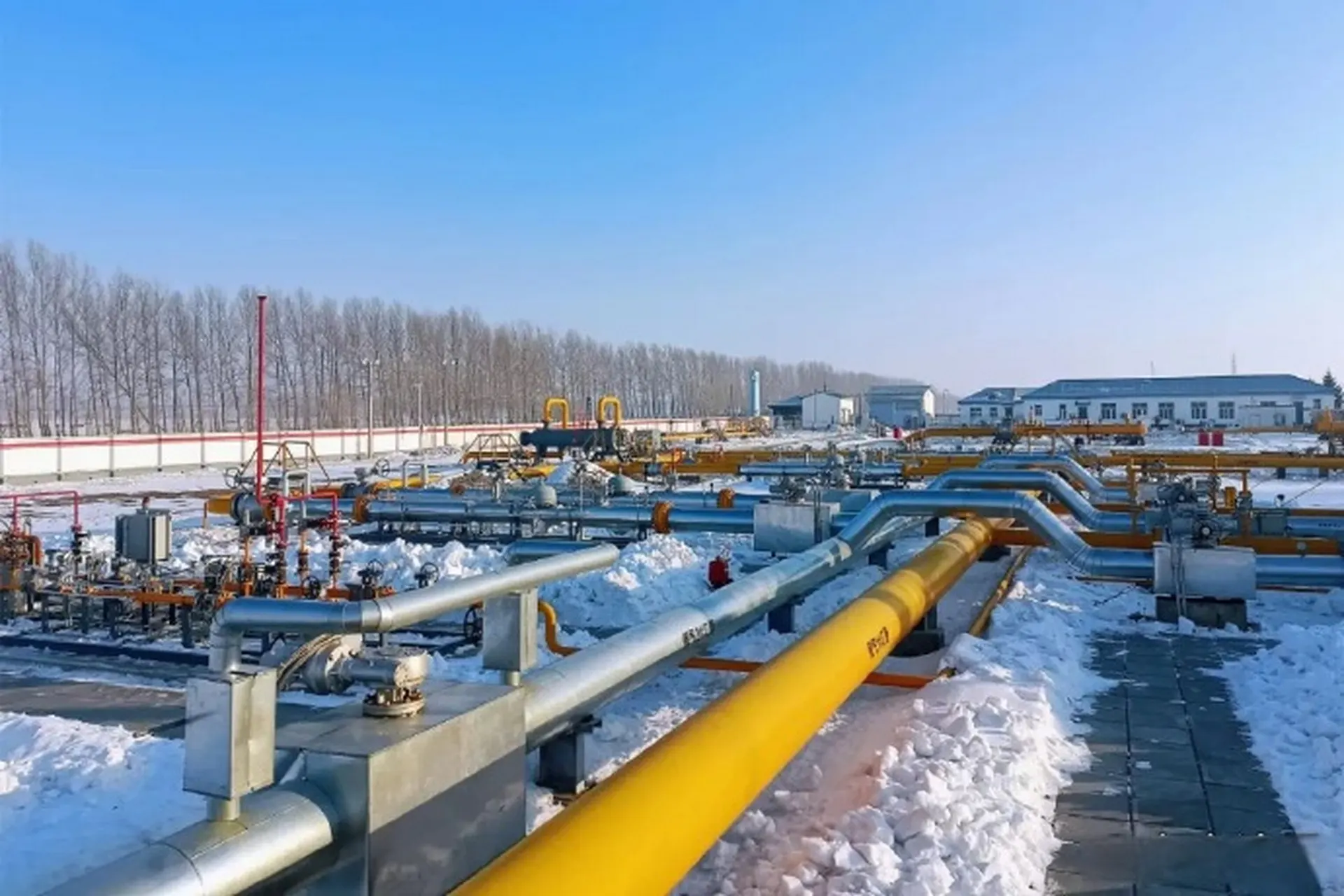What is creep deformation in stainless steel ? It is a critical issue in tubo de aço inoxidável e de encaixe systems and is a silent and gradual process.If your system routinely operates at extreme temperatures, the constant stress can lead to serious failures.
What Is Creep Deformation? A Slow, Steady Threat!
Creep deformation is the tendency of a solid material to deform slowly. It occurs under sustained mechanical stress or below the yield strength of the material. Most often it occurs under high temperature conditions. This deformation increases with time and may eventually lead to rupture, a major problem in long term high temperature applications.
Key Factors Influencing Creep Deformation
Creep is temperature dependent. Above the homologation temperature of the material (about 0.3-0.5 Kelvin above its melting point), creep becomes very pronounced. The higher the temperature, the faster the creep rate.
The material must be subjected to a constant load which is below the yield strength. The higher the stress level, the faster the creep rate. This leads to faster failure of the piping system.
Creep is a time-dependent process and deformation increases with time. Longer service life requires higher creep resistance. This is critical for continuous operation.
Different alloys have different creep resistance. Microstructure, grain size and alloying elements have an influence. Materials containing molibdênio have better creep resistance.
Ambientes corrosivos can exacerbate creep, oxidisation or carburisation can reduce load carrying capacity. This accelerates the creep process.
Stages of Creep Deformation
| Estágio | Descrição | Deformation Rate |
|---|---|---|
| Primary Creep | Decreasing rate, transient | Slowing |
| Secondary Creep | Constant rate, steady state | Stable |
| Tertiary Creep | Accelerating rate, necking, fracture | Rapidly increasing |
O que fazemos
Creep Impact on Stainless Steel Piping
| Impacto | Descrição | Risk to System |
|---|---|---|
| Dimensional Changes | Pipes stretch, fittings distort | Misalignment, loose connections |
| Reduced Load Capacity | Material weakens over time | Risk of rupture under pressure |
| Intergranular Cracking | Voids form at grain boundaries | Leaks, sudden brittle failure |
| Redução da vida útil | Premature failure of components | Increased replacement costs |
| Riscos de segurança | Leaks of hot or hazardous fluids | Personnel injury, environmental damage |
Preventing Creep Deformation in Stainless Steel Systems
- Choose a creep-resistant alloy: Select a grade of stainless steel known for its creep strength. Molibdênio-containing alloys (e.g., 316, 316H, 310e duplex steels) are preferred. High-nickel alloys tal como Incoloy 800H are also excellent.
- Designed for stress reduction: Reduce applied stresses, use larger wall thicknesses, and increase support points. Design within safe operating limits.
- Control operating temperatures: Keep temperatures below critical creep thresholds or use effective cooling systems. This is critical to prolonging component life.
- Appropriate tratamento térmico: Ensure that the material has an optimum microstructure. Solution annealing improves properties and increases creep resistance.
- Regular monitoring: Implement a monitoring programme to track deformation and carry out non-destructive testing. This will detect early signs of creep.
Sourcing Reliable Stainless Steel Pipe & Fittings
Escolha um fabricante que tem ampla experiência com aço inoxidável e que entende suas propriedades exclusivas. Isso garante ótimos resultados de moldagem.
Garantir o rigor qualidade verificações estão em vigor, incluindo verificações dimensionais, etc. Verificação da integridade do material e relatórios de testes de materiais também são fundamentais.
Trabalhar com fabricantes de renome que oferecem produtos confiáveis de aço inoxidável e têm certificações(por exemplo ISO 9001 e CE-PED).
Sempre confirme o grau exato da liga. Demanda Relatórios de teste de material (MTRs). Isso confirma a composição química.
Certifique-se de que os tubos e as conexões atendam às dimensões exigidas. Isso inclui ASME B36.19 (tubos) ou ASME B16.9 (conexões).
Essas ligas exigem soldagem especializada. Certifique-se de que sejam usados metais de adição adequados. Verifique se há profissionais qualificados procedimentos de soldagem.
Alguns aplicativos podem precisar de tratamento pós-soldagem. Isso pode incluir o recozimento da solução. Isso restaura as propriedades.
Talvez você também queira ler:
O que são os aços inoxidáveis H e L - Duplex Pipe
O que é carboneto em aço inoxidável? Quais são seus efeitos em tubos e conexões?
Degradação de materiais de aço inoxidável
O que é endurecimento por envelhecimento do aço inoxidável?
O significado das letras após as classes de aço inoxidável
Aço inoxidável versus aço carbono: Qual é o melhor para tubos e conexões?
Como amolecer o aço inoxidável? Quais são os benefícios e as desvantagens?
O que é sensibilização do aço inoxidável e como evitá-la?
Contate-nos
- RM901 No.22 Tangjiaqiao Road Wenzhou China
- +86 577 8551 1171
- [email protected]
- https://www.kaysuns.com/



